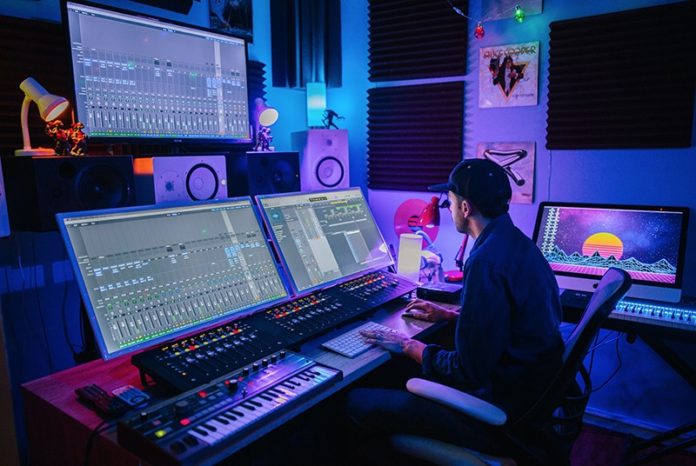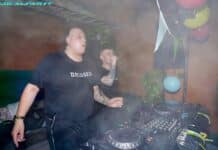
Have you ever Googled “how to make electronic music”, only to discover that making music means spending hundreds of dollars on software and equipment?
You’re not the only one. Countless people try to learn music every day. And countless people quit before they even start because making music is expensive.
But it doesn’t have to be that way. In fact, if you choose the right options, you can start making music without spending a single penny.
In this guide, I’ll share the core ingredients you need to make music. I’ll also share free and open source alternatives to paid tools that will help you produce music at no cost.
1. Audio Editor
The easiest way to start making music is through an audio editor. This is simply a piece of software that allows you to:
● Record one or more audio tracks via an external input
● Edit, layer, and arrange audio tracks to produce a piece of music
● Add basic effects such as reverb, delay, EQ, etc.
Think of a basic singer-songwriter style track. If you have two recordings – an acoustic guitar and your vocals – you can layer them on top of each other in the audio editor to create a complete song. You can even add multiple different guitar parts by creating additional tracks within the editor.
Most entry-level earphones these days have decent built-in microphones as well. While it’s not going to be studio-grade quality, the mics are good enough for basic recordings.
As for audio editors, you can’t go wrong with Audacity. This open-source favorite is fast, easy to use, well-supported across platforms, and best of all, completely free.
2. Digital Audio Workstation (DAW)
A Digital Audio Workstation, or simply ‘DAW’, is the heart of any electronic music production setup. This DAW is the software platform where you record and edit tracks, add MIDI sounds, and use plugins and effects to modify the sound.
A DAW differs from an audio editor in three key ways:
● DAWs have built-in support for creating and recording MIDI tracks
● DAWs support a variety of plugins, usually using the popular standard formats such as VST3 and AAX
● DAWs have stronger native audio processing capabilities, including a full array of audio effects, virtual instruments, and samplers
While audio editors work for the most basic recordings (or other audio-related work such as podcasting), you will need to get familiar with DAWs if you want to make anything more complex.
In fact, all the tracks you hear on the radio were likely recorded in a DAW as well.
From a price standpoint, DAWs are the most expensive upfront purchase you’ll have to make. All popular, professional DAWs such as Ableton, Logic Pro, Pro Tools, Cubase, etc. can cost several hundred dollars.
Fortunately, there are free workarounds. Ardour, a free and open-source DAW, is as capable as industry-standard tools. It also supports a wide range of plugins, besides boasting an assortment of virtual instruments.
If you want a taste of serious music production without spending a penny, Ardour should be at the top of your list.
3. Synthesizer
There are essentially two ways to make electronic music:
● Use a sampler to sample an audio file and turn it into music. If you add a kick drum sound into a sampler to tap out a 4×4 beat, you’re essentially creating music via sampling.
● Use a synthesizer to synthesize digital sounds from scratch. A synthesizer essentially produces basic sound waves (such as a sine wave) that can be modified to produce music.
Most DAWs include built-in samplers, so you don’t need to bother getting an external one – at least when you’re starting.
But a synthesizer will be essential if you want to produce music. A good software synthesizer can help you create an astonishing variety of realistic sounds. Nearly every EDM track you hear on the radio makes extensive use of synthesizers.
Professional software synths can be expensive. The most popular ones in the industry, such as Serum, Massive, etc. cost tens to hundreds of dollars.
However, there is a powerful free alternative – ZynAddSubFX. While its name might be a mouthful, this open-source software ranks among the most powerful sound synthesis tools. It’s good enough to produce radio-ready tracks.
And since it’s free, anyone can use it to start making music.
Over to You
Making music doesn’t have to be expensive. It’s entirely possible to create a surprisingly competent home studio setup with 100% free and open-source software.
Use this guide to start building the core foundations of your studio – audio editors, DAWs, and synthesizers. When you get comfortable with the basics, throw in extra plugins, external sequencers, and more to get even more out of your music-making experience.









